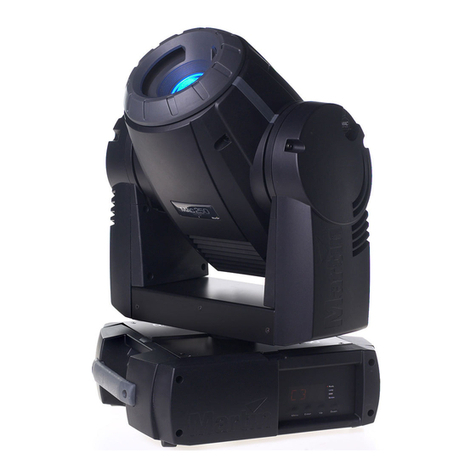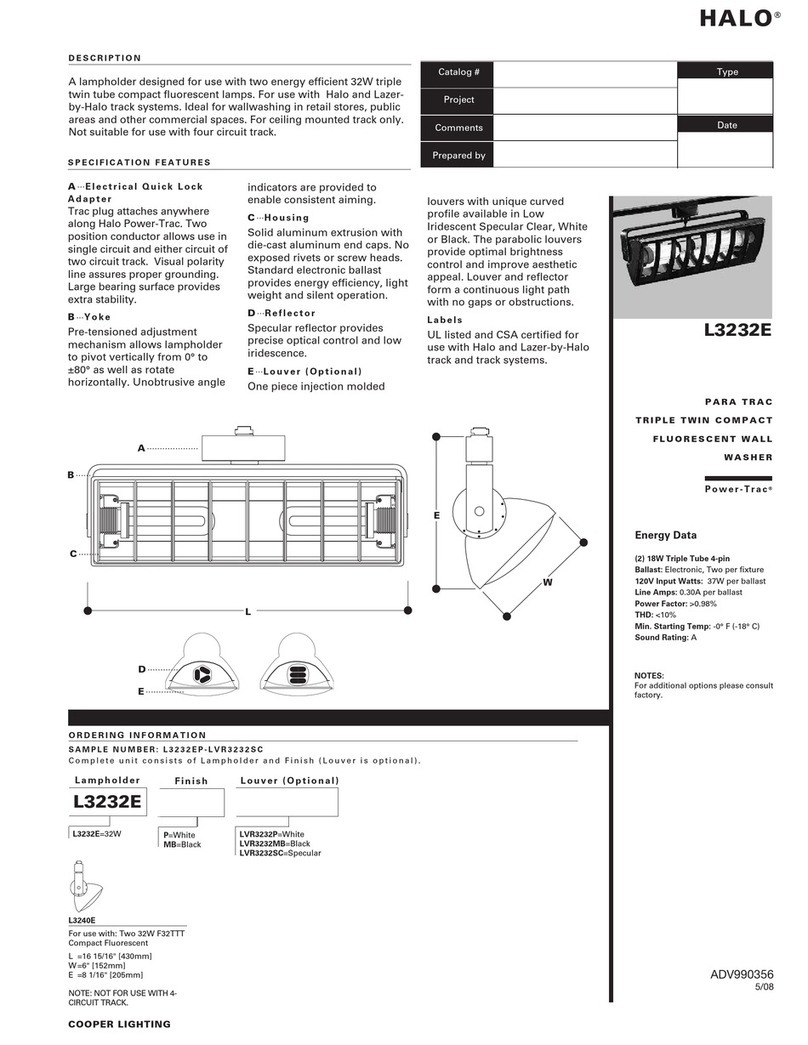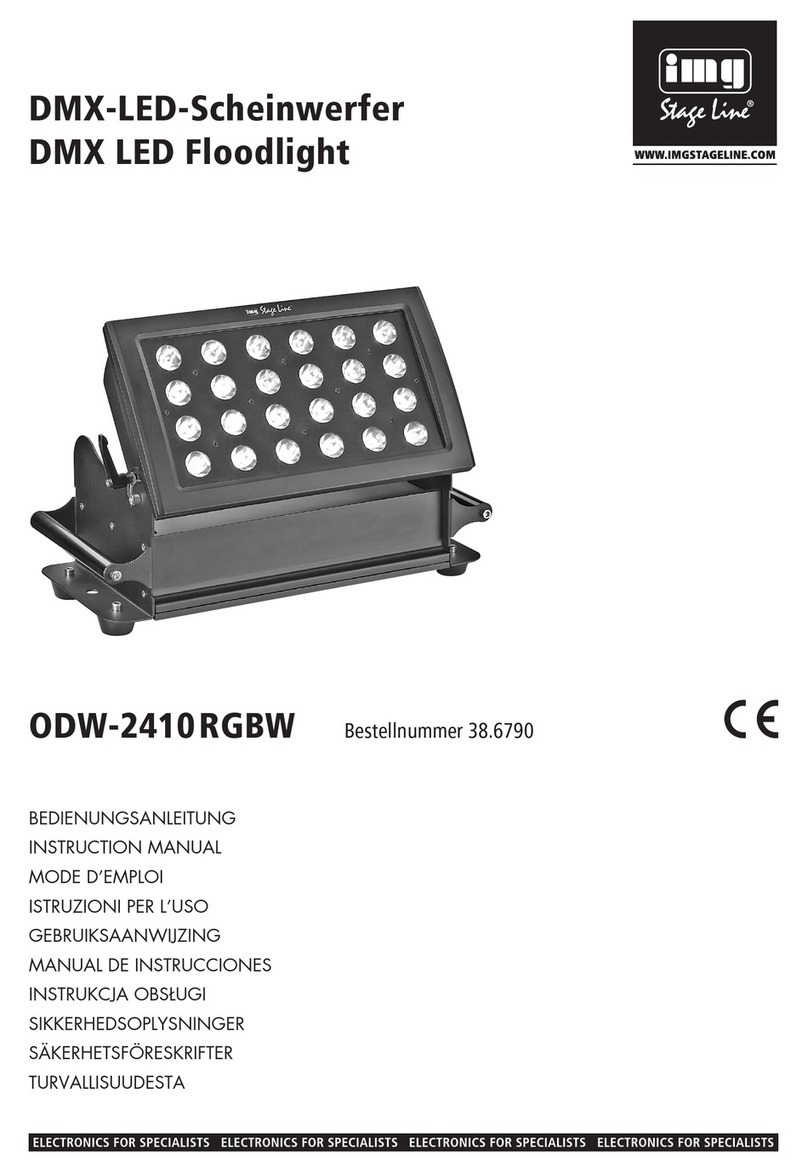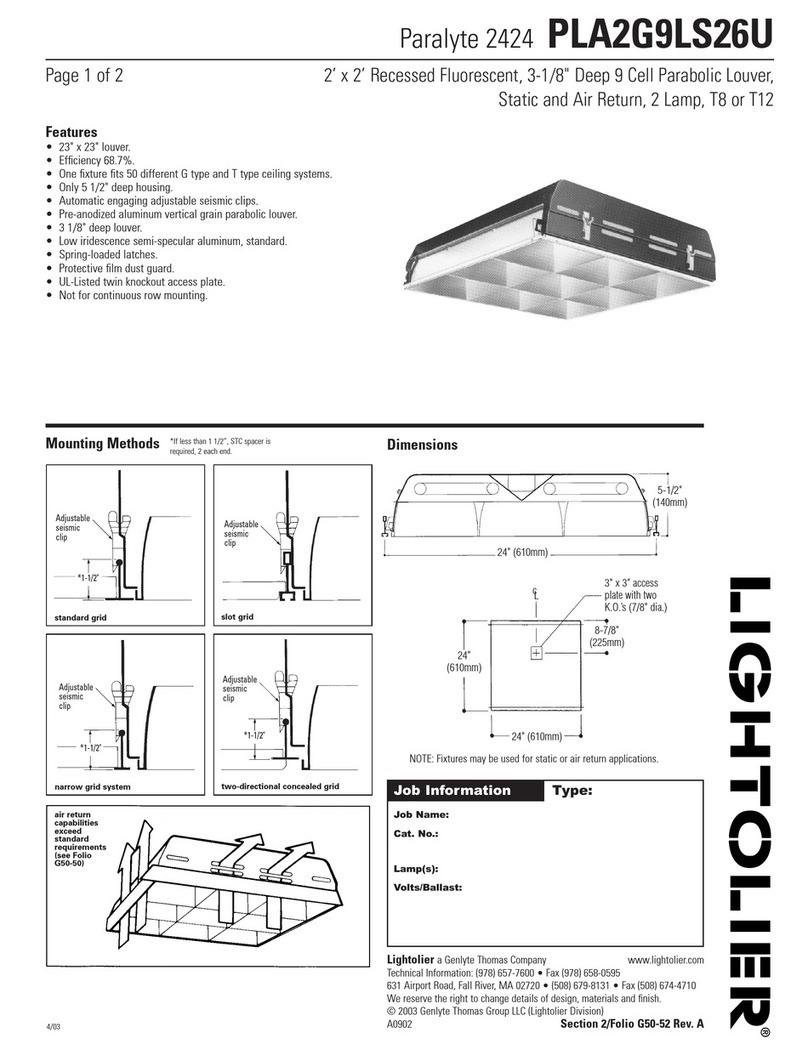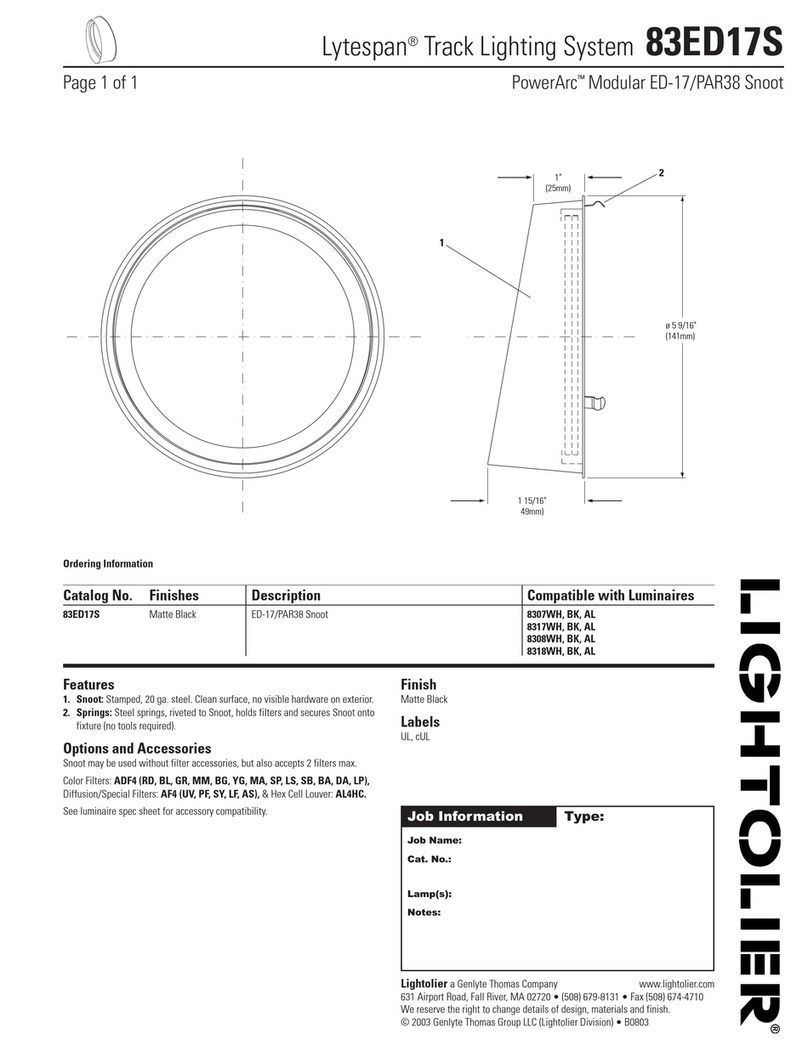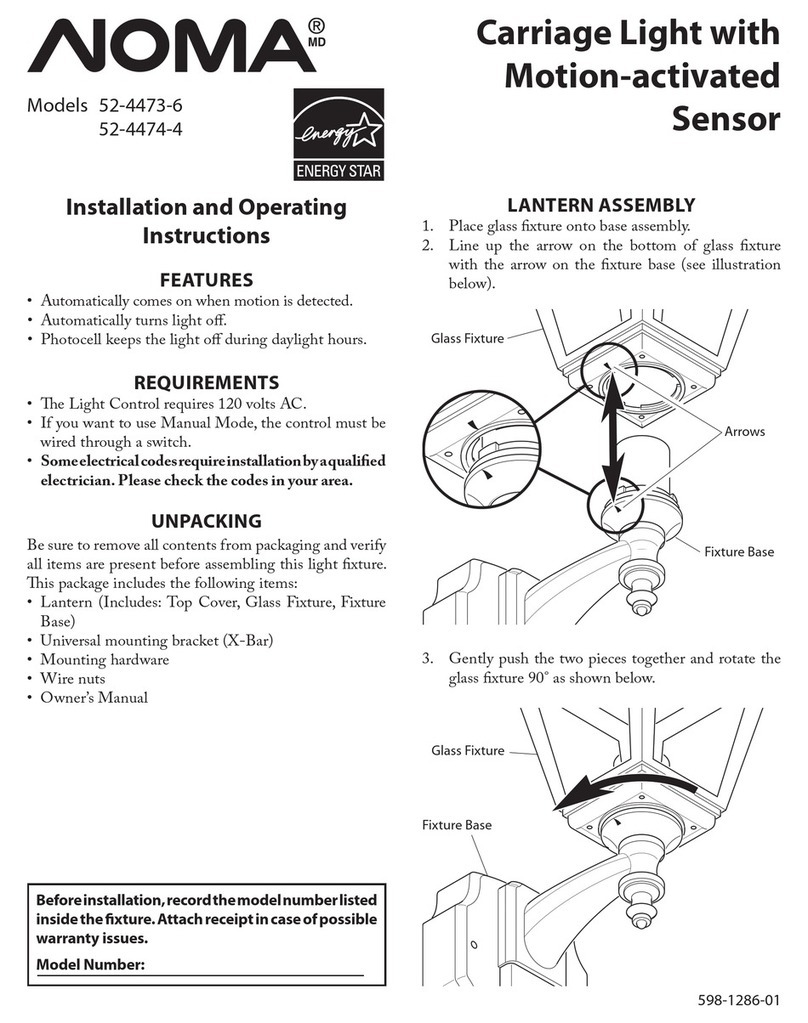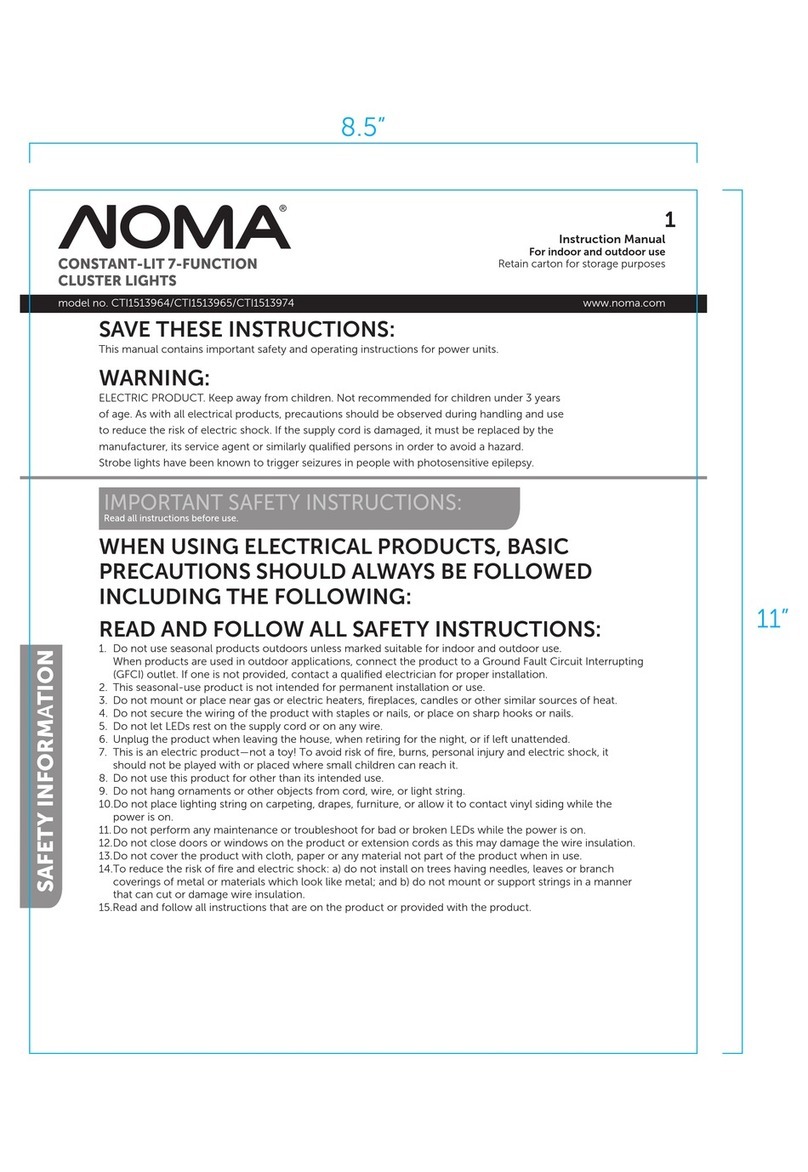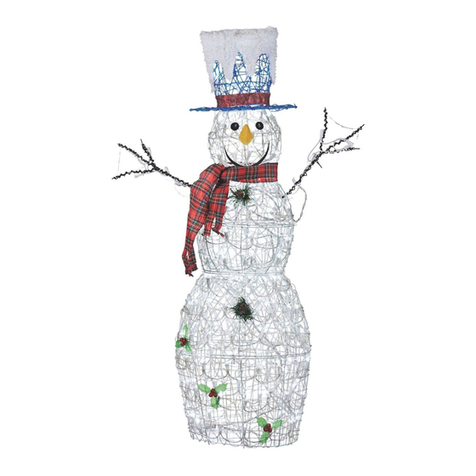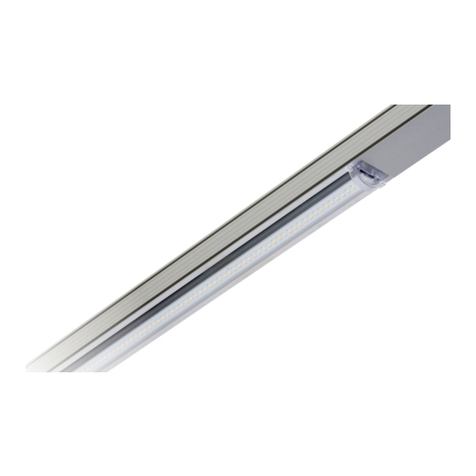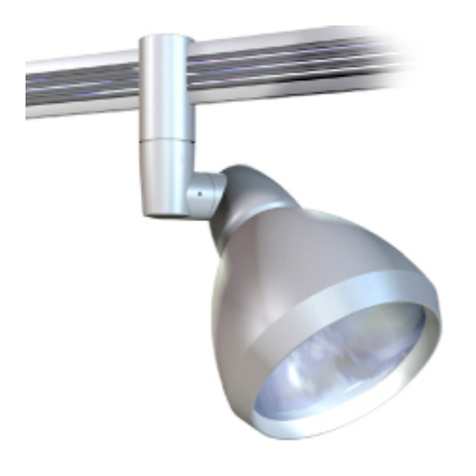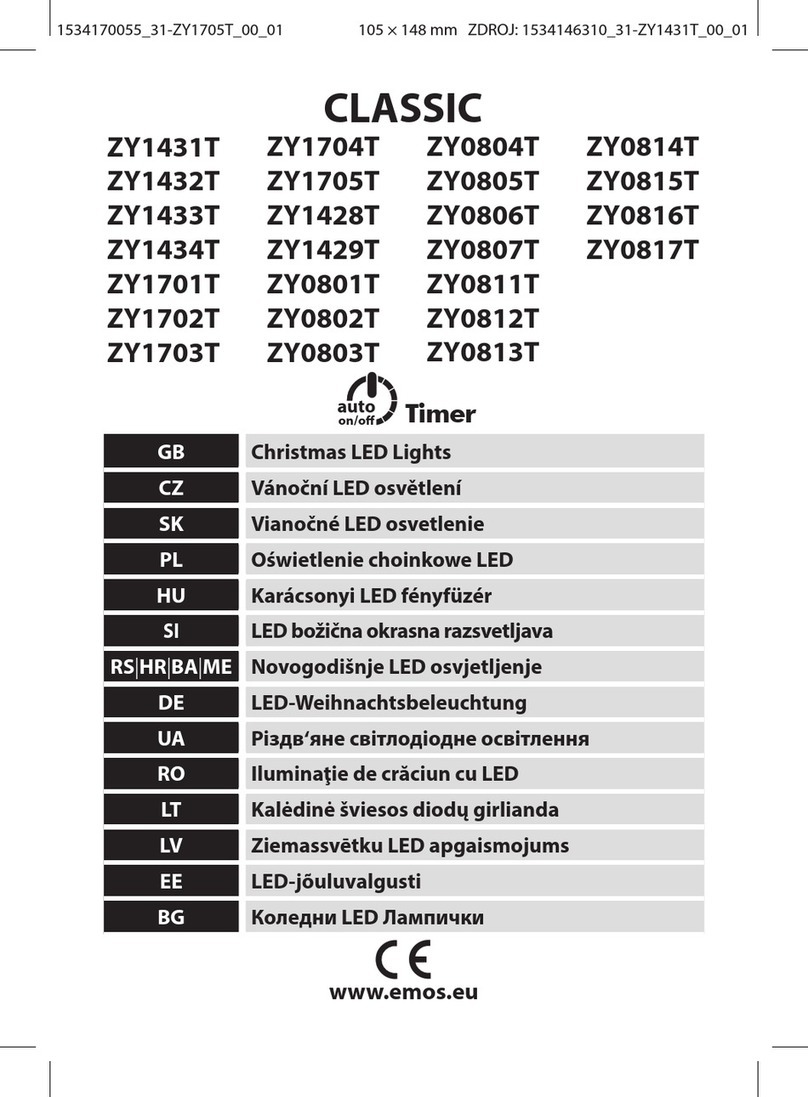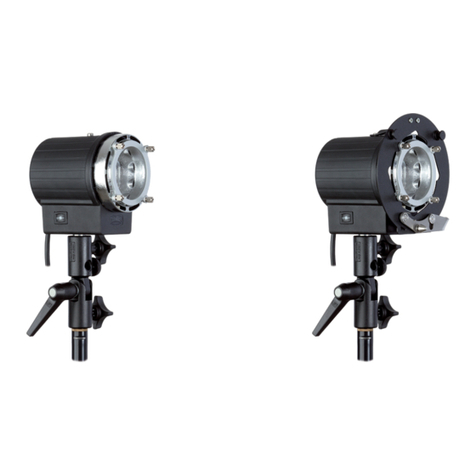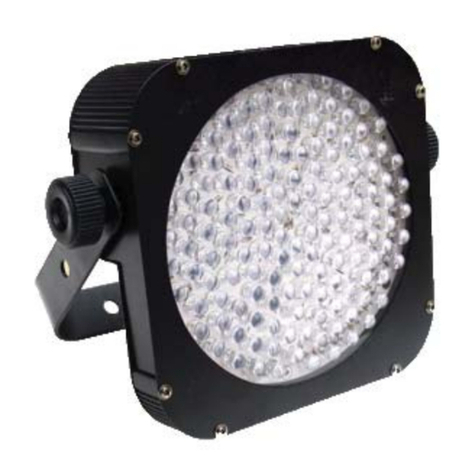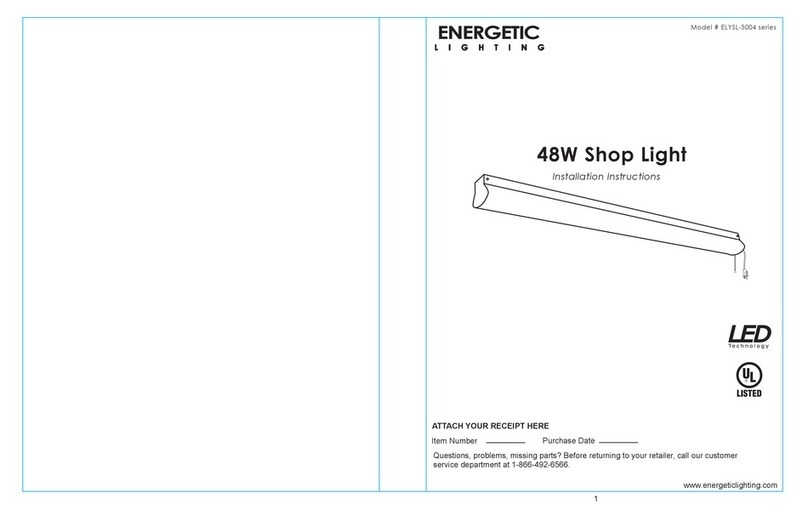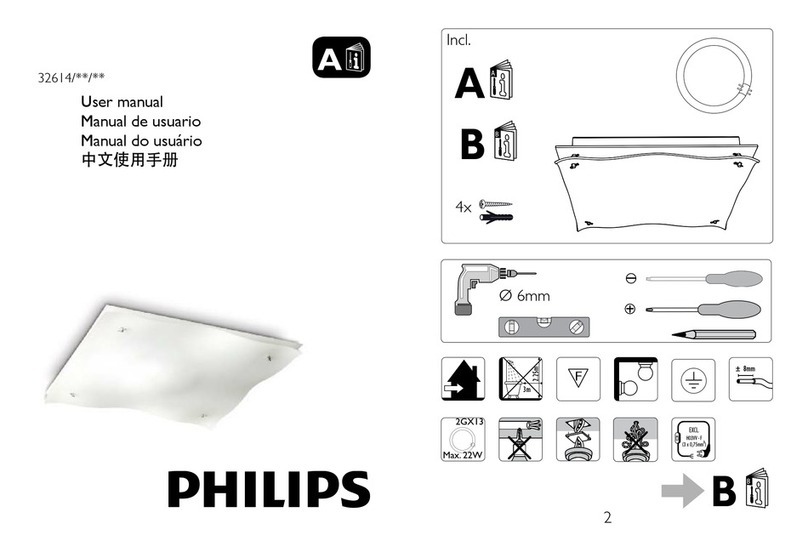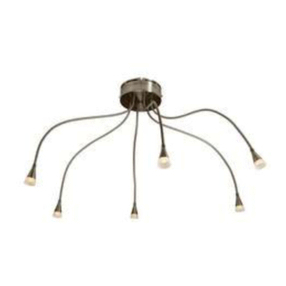
USE AND CARE INSTRUCTIONS
1. When the product is placed on a live tree, the tree should be well maintained and fresh. Do not place on live
trees with needles that are brown or break o easily. Keep the tree holder filled with water.
2. If the product is placed on a tree, the tree should be well secured and stable.
3. Before using or reusing, inspect product carefully. Discard any products that have cut, damaged, or frayed
wire insulation or cords, cracks in the LED holders or enclosures, loose connections or exposed copper wire.
4. When storing the product, carefully remove the product from wherever it is placed, including tree branches,
or bushes to avoid any undue strain or stress on the product conductors, connections, and wires.
5. When not in use, store neatly in a cool, dry location protected from sunlight.
2
COLOR CHANGE CLUSTER LIGHTS
1. The male plug end (with prongs) allows for the obvious “end-to-end” light set connection; but also acts as
a “synchronization plug” as well.
The synchronization plug allows for each light set that is connected together to operate in symphony with
each other.
This allows for the combined strings to operate as one; same color, same function, etc. working in sync
with each other (Fig 1).
CONNECTING END-TO-END
Note: Add each additional light set (up to 20 total sets end-to-end).
NOTE: Upon completion of the end-to-end connection of each additional light set—if synchronization of
the combined sets does not occur—simply unplug the initial light set from the power source (outlet), and
then plug back-in to the power source (outlet) to ensure that all of the connected sets (up to 20 sets) are
matching in color and are synchronized.
NOTE: When multiple products are connected together, do not exceed the lowest maximum wattage
indicated on the cord tag near the connected product’s receptacle.
Fig 1 SYNCHRONIZATION
MALE PLUG
model no. CTI1513858 www.noma.com
NOTE: This equipment has been tested and found to comply with the limits for a Class B digital device,
pursuant to Part 15 of the FCC Rules. These limits are designed to provide reasonable protection against
harmful interference in a residential installation. This equipment generates, uses and can radiate radio
frequency energy and, if not installed and used in accordance with the instructions, may cause harmful
interference to radio communications. However, there is no guarantee that interference will not occur in a
particular installation. If this equipment does cause harmful interference to radio or television reception, which
can be determined by turning the equipment o and on, the user is encouraged to try to correct the
interference by one or more of the following measures:
- Reorient or relocate the receiving antenna.
- Connect the equipment into an outlet on a circuit dierent from that to which the receiver is connected.
- Increase the separation between the equipment and receiver.
- Consult the dealer or an experienced radio/TV technician for help.

